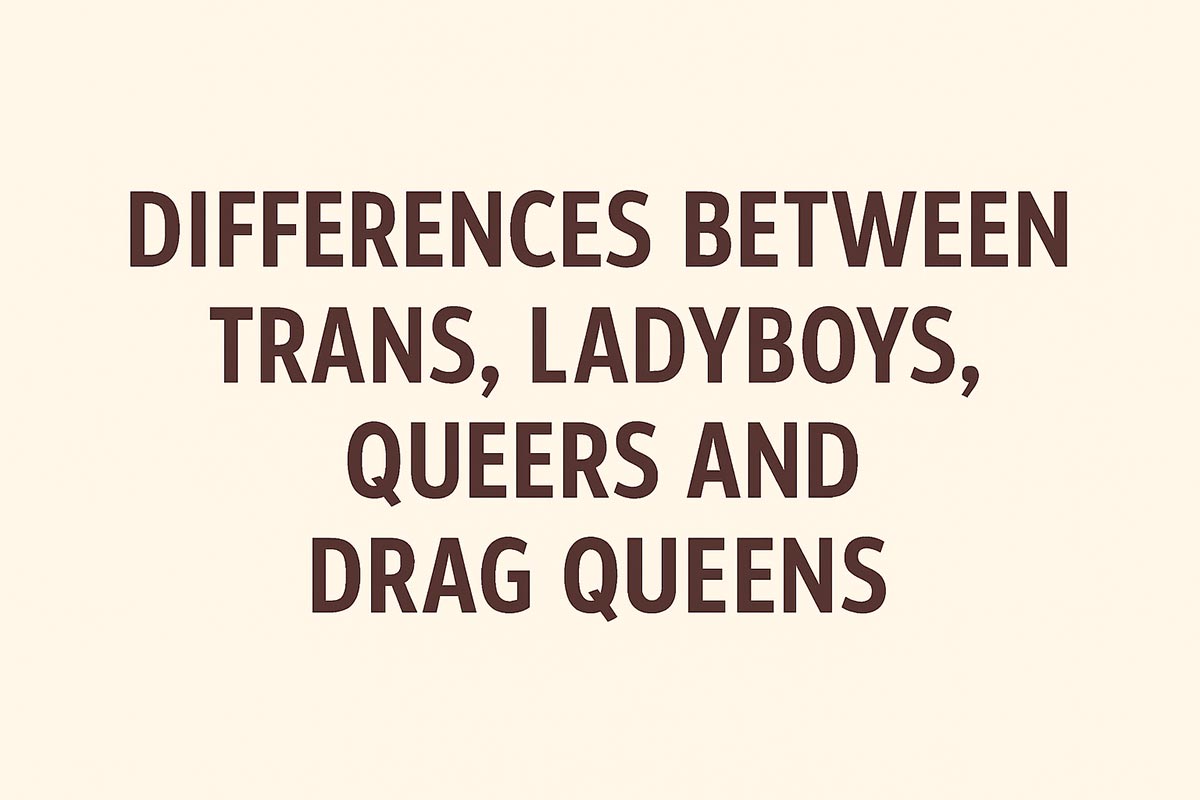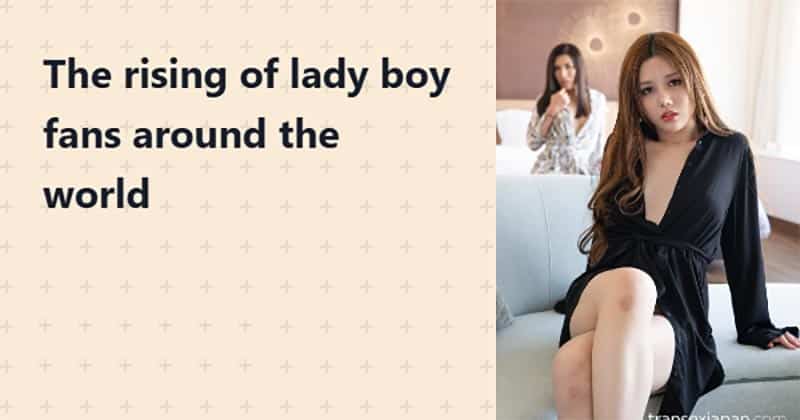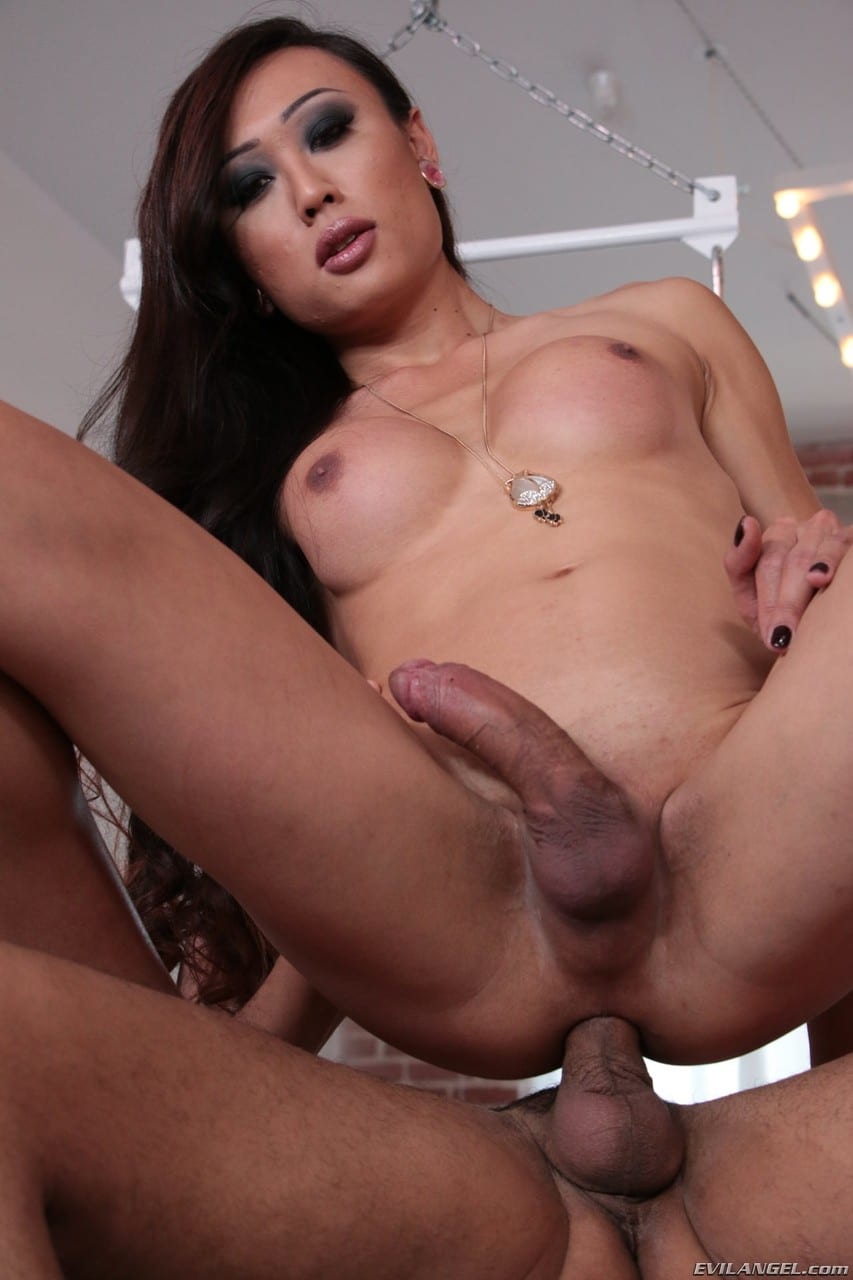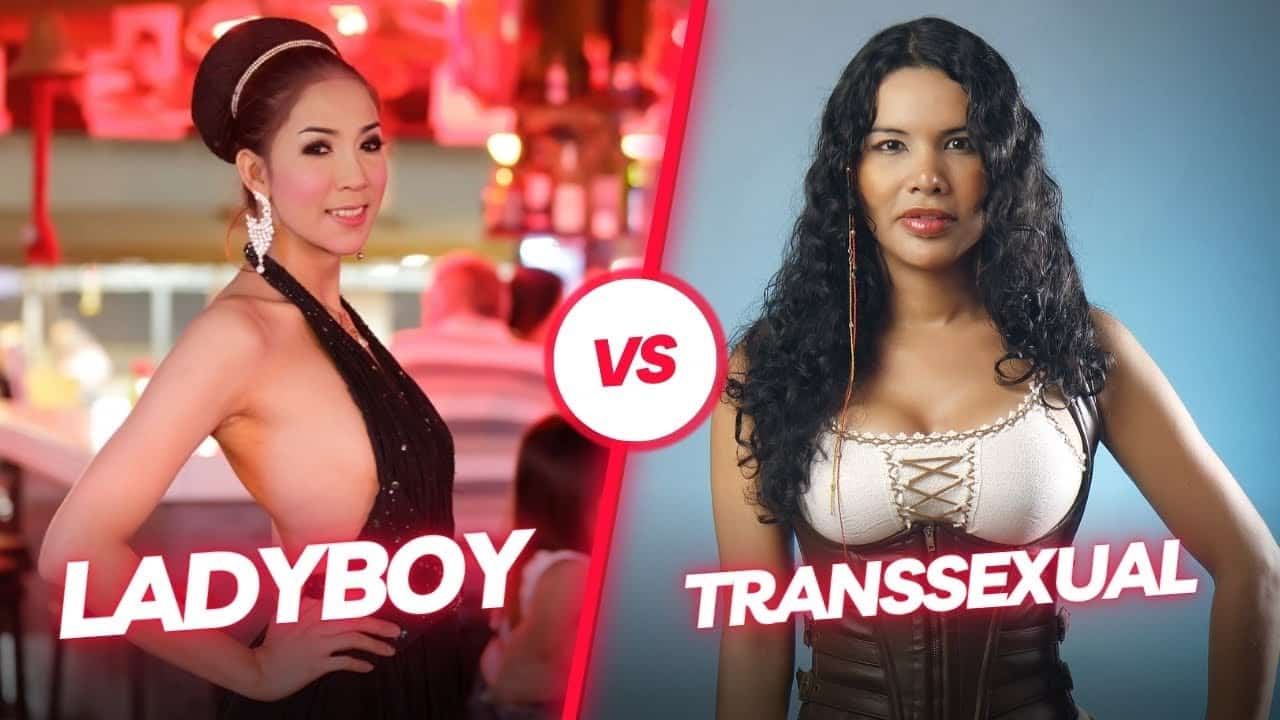
In conversations about gender and sexuality, terms are often used interchangeably when they actually describe very different experiences. This can cause confusion, but also frustration for the communities involved. Words like transgender, ladyboy, queer, and drag queen all carry unique meanings, shaped by history, culture, and personal identity. Understanding these distinctions is key to respecting people’s lives and avoiding stereotypes.

Transgender People
Transgender (often shortened to trans) is an umbrella term for people whose gender identity does not align with the sex they were assigned at birth. For example, someone who was assigned male at birth but identifies and lives as a woman is a transgender woman. Similarly, a person assigned female at birth who identifies as male is a transgender man.
Trans identities are not about performance or fashion; they are about deeply held identity and lived reality. Many trans people transition socially (changing names, pronouns, clothing), medically (hormone therapy, surgeries), or both, to align their bodies and social recognition with their gender identity. Importantly, not all trans people want or can access medical transition, but their gender identity is still valid.
Trans people exist in every culture and throughout history. In the West, conversations about transgender rights have become more visible in recent decades, but trans communities have always existed. Today, they face both progress and backlash, making visibility and accurate understanding even more vital.
Ladyboys
The word “ladyboy” is a translation of the Thai term kathoey. It is widely used in Southeast Asia, particularly in Thailand, to describe people assigned male at birth who present and live with a feminine gender expression.
However, it is crucial to understand that ladyboy is not a neutral word everywhere. In Western contexts, it often carries fetishizing or exoticizing connotations. Many people in Thailand embrace the identity with pride, but others may consider it disrespectful if applied without sensitivity.
“Kathoey” historically referred to a third-gender category, not strictly aligned with the Western concept of “transgender woman.” Some kathoeys identify as women, others as a third gender, and some simply use the term without strict labels. Thailand is well known for its cultural visibility of kathoeys—on television, in beauty pageants, and in nightlife. Yet visibility does not always equal full equality, as many still face stigma and legal challenges.
In short, ladyboy is a culturally specific identity, and it should not be confused with transgender people in general, though there is overlap in lived experiences.
Queer
Unlike the previous terms, queer is not tied to a single gender identity or expression. Instead, it is a broad, flexible word that many people use to describe themselves if they don’t fit neatly into categories like “straight,” “gay,” or “cisgender.”
Historically, queer was a slur in English, used to insult anyone perceived as different in terms of sexuality or gender. Since the late 20th century, however, activists and scholars have reclaimed the word as a proud, inclusive identity. Today, “queer” is often used to describe non-heterosexual or non-cisgender identities in general.
For some, queer is about political defiance—rejecting rigid categories and embracing fluidity. For others, it’s simply a comfortable shorthand that avoids longer labels like bisexual, pansexual, or gender non-conforming. Not everyone in the LGBTQ+ community likes the term, given its past as an insult, but it remains widely used in academic, activist, and youth spaces.
So while “transgender” or “kathoey” describe specific gender experiences, queer is broader—it can encompass identity, sexuality, culture, and politics.
Drag Queens
A drag queen is someone, usually a man, who dresses in exaggerated feminine clothing, makeup, and performance as part of entertainment. Drag has roots in theater and LGBTQ+ culture, often used as a way to parody, celebrate, or play with gender expression.
Unlike transgender people, drag queens do not necessarily identify as women in their everyday lives. For many, drag is a performance art rather than a gender identity. Some drag queens are cisgender gay men, others are transgender women who also do drag, and others are non-binary or straight performers.
Shows like RuPaul’s Drag Race have popularized drag culture globally, showcasing its artistry, humor, and political edge. Drag often serves as both entertainment and resistance, using exaggeration and satire to challenge mainstream ideas of gender.
It’s important not to confuse drag with trans identity: while drag queens may look feminine during performance, their gender identity off-stage may be very different.
Key Differences at a Glance
- Transgender: Identity. Someone whose gender identity differs from their sex assigned at birth. This is about who they are.
- Ladyboy (kathoey): Culturally specific identity in Thailand and Southeast Asia, often overlapping with transgender women but not identical.
- Queer: Broad, reclaimed umbrella term for people whose sexual orientation or gender identity is outside the heterosexual/cisgender norm.
- Drag Queen: Performance role, usually involving exaggerated femininity for art, entertainment, or activism—not necessarily linked to gender identity.
Why These Distinctions Matter
Mixing up these terms can perpetuate stereotypes. For instance, calling a transgender woman a “drag queen” reduces her gender identity to performance, which is disrespectful. Similarly, calling all trans women in Asia “ladyboys” ignores the diversity of identities and the cultural weight of the term.
By understanding these differences, we show respect for people’s self-definitions and reduce stigma. Language evolves, and the best approach is always to listen to how individuals describe themselves.
Conclusion
Gender and sexuality are complex, and the words we use to describe them carry power. Transgender, ladyboy, queer, and drag queen are not interchangeable, but each reflects unique histories, cultures, and experiences. Recognizing these distinctions is more than academic—it’s about dignity, inclusion, and respect for human diversity.
When we take the time to learn, we build bridges across cultures and communities, ensuring that everyone has the right to be seen for who they truly are.


